Kimbolton Castle: The Final Days and Death of Katherine of Aragon
On this stop of our journey into the lives of Henry VIII’s six wives, we’re at Kimbolton Castle, Katherine of Aragon’s final residence. In my co-authored book, In The Footsteps of The Six Wives of Henry VIII, we take you behind the scenes of Tudor manors, castles and palaces to explore the environments that shaped some of our most beloved and controversial historical figures. (Note: If you wish to purchase a signed copy of the book, which includes a personal dedication to the person of your choice, head to my shop here.)
In the meantime, let’s travel back to a chamber in Kimbolton Castle on 7 January 1536…
A small cluster of loyal courtiers spoke in hushed tones in a chamber of Kimbolton Castle…Katherine of Aragon lay just hours from death. Outside, the English winter raged, mirroring, perhaps, the tempest inside the ousted queen’s heart. What thoughts must have swirled like snowflakes around her mind as her tired body succumbed to illness? She left us a clue…
On 7 January 1536, a beleaguered Katherine of Aragon died at Kimbolton Castle in Cambridgeshire. She had spent the final years of her eventful life in exile, abandoned by her husband, Henry VIII, because of the King’s quest for a legitimate son and heir. Katherine’s is a sorry tale, and her end at Kimbolton Castle, after several months of declining health, was brightened only by the determination of two of her staunchest allies and friends, Maria de Salinas and Eustace Chapuys, both of who managed to be by her side at the end.
This blog tells the story of Katherine at her final residence before her death on a cold winter morning on what would be one of the most eventful years in Tudor history.
A New Act is Passed…
The 23 March 1534 was a momentous day in Tudor history. A new Act of Succession was passed in England. This effectively placed Princess Elizabeth as heir to the throne and declared Katherine’s daughter, Mary, a bastard. For those who had stoically stood firm in Katherine’s support, these were increasingly dangerous times, for a proclamation issued on 30 March stated that:
‘…concerning the King’s divorce from the lady Katharine, princess Dowager, late wife to Prince Arthur, and his marriage with princess lady Aune [Anne], who has been crowned; which have taken place with the assent of Parliament and Convocation. Any person doing anything to the hindrance or derogation of the proceedings, &c. in the said divorce and marriage will incur the penalties of the statute of provision and præmunire made 16 Ric[hard]. II. ‘
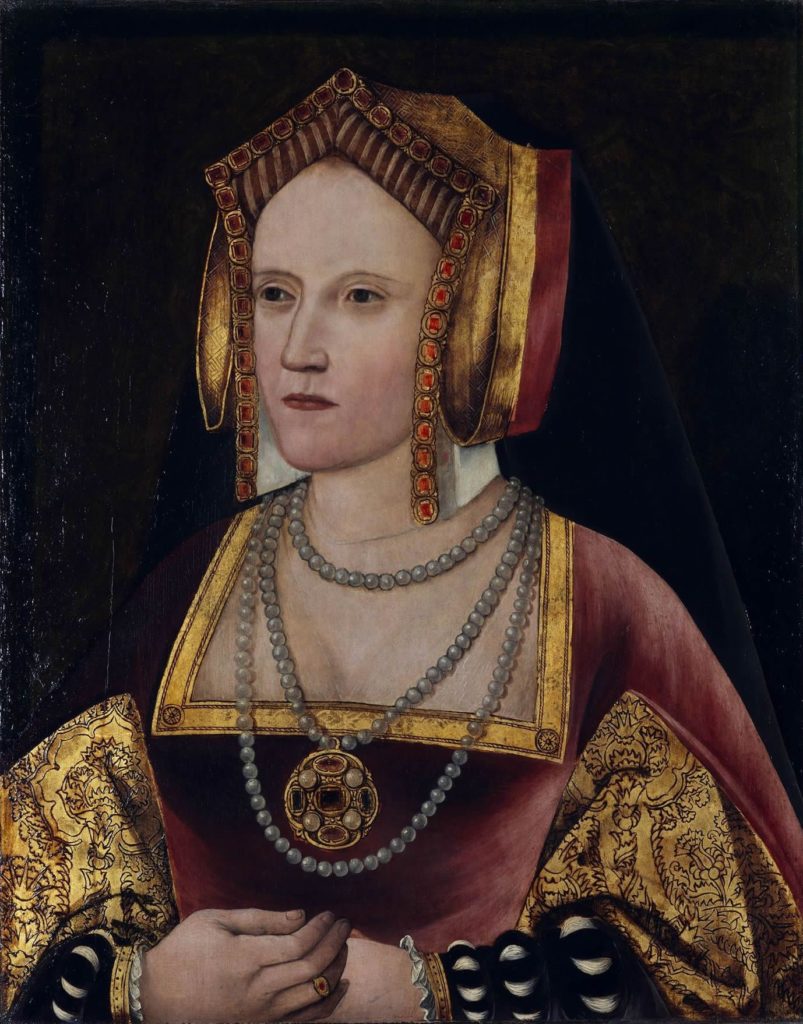
It was now a treasonable offence to assert Katherine’s title of queen. In addition, to drive the point home, Henry decreed that all faithful subjects swear an oath to recognize this Act and acknowledge the King’s supremacy. Those who refused to do so would pay for it with their life, forfeiting their goods to the Crown. As these dramatic events unfolded in London, Katherine arrived at Kimbolton Castle.
A History of Kimbolton Castle.
Situated about half a dozen miles west of Buckden and, therefore, further from the Fens, Kimbolton was a preferable location for the woman who was, by that time, battling constant ill health. Although termed ‘castle’, by the 1530s, the thirteenth-century medieval fortress we might associate with the term had long been abandoned. In its place, the Bohun family built a rectangular courtyard house in the mid to late fourteenth century.
The site of this new house was, according to Emery’s Greater Medieval Houses of England and Wales, ‘considerably to the west’ of the original ‘fortlet’. In the fifteenth century, the property passed into the hands of the mighty Buckingham family. Anne Neville, wife of the 1st Duke of Buckingham, lived there after her husband died in 1460, doing much to rebuild the inner court. However, it is from the inventory of the castle at the time of the 3rd Duke of Buckingham’s attainder in May 1521 (listed in the Letters and Papers of Henry VIII) that we have most of our information about the appearance of the house Katherine would have known.
In addition to the opening quote, the entry in Letters and Papers goes on to say:
There are lodgings and offices for keeping a duke’s house in stately manner; but, “by occasion of the old maintill [mantle] wall, the hall there well builded is likely to perish; and through the said castle is and will be great decay, by occasion there is no reparations done.” Outside the moat is a “convenient room for a bace [base] court, used now like a gresse [grass] close;” in it are a fair barn and goodly houses fit for stables.
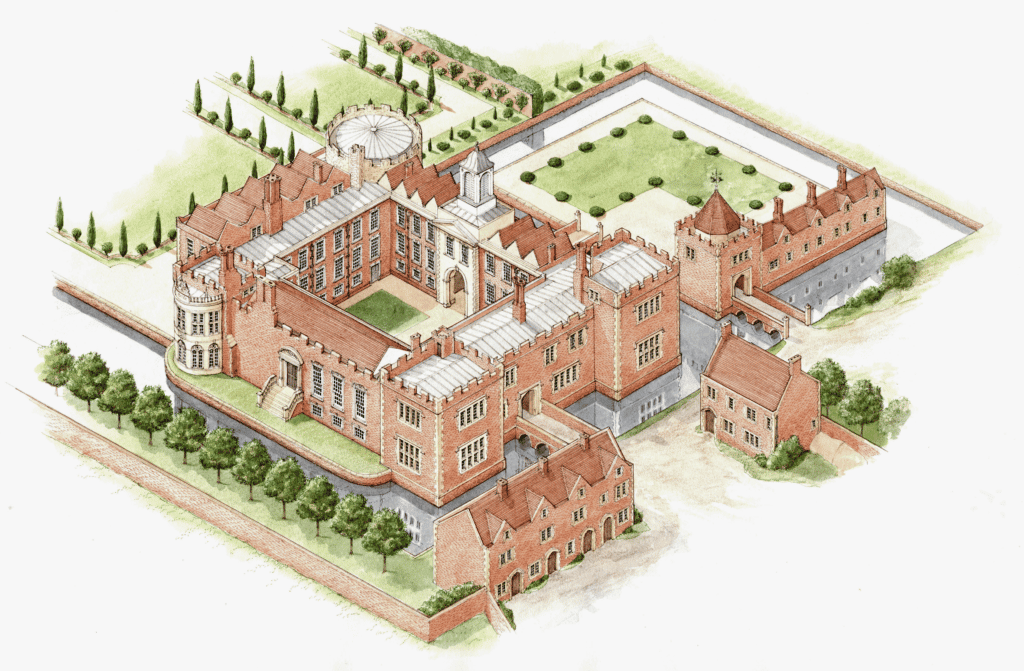
Image © Stephen Conlin 2006, based on research by Simon Thurley. Commissioned by Country Life Magazine
Thus, it seems the house needed repair. This was duly attended to by Sir Richard Wingfield, who was granted the castle upon Buckingham’s execution. He remodelled part of it before dying prematurely in Toledo in 1525. In the 1530s, John Leland described the house as ‘double dyked and the building of it metely strong’ and that Sir Richard Wingfield had ‘built fair new galleries and lodgyns upon the foundation of the old castle’.
Despite these changes, in the years preceding Katherine’s residence at Kimbolton, the house remained unchanged: a central courtyard surrounded by four wings. The entrance was from the west and was positioned directly opposite the great hall. Katherine’s apartments were contained within the south range, so one imagines it was flooded with sunlight. Off the great hall was a ‘withdrawing chamber’, which led into a large gallery that occupied the central part of the south range. Katherine’s most private apartments were situated beyond this, in the south-west corner of the castle. The History of Huntingdon, Volume 3 states:
Next to it (the gallery) were Queen Katharine’s bedchamber and closet, which are said to have survived unaltered, but it is obvious that they had new windows and doors inserted in 1707, and apparently, other alterations have been made. The chapel and the archway adjoining it doubtless still occupy their original positions.
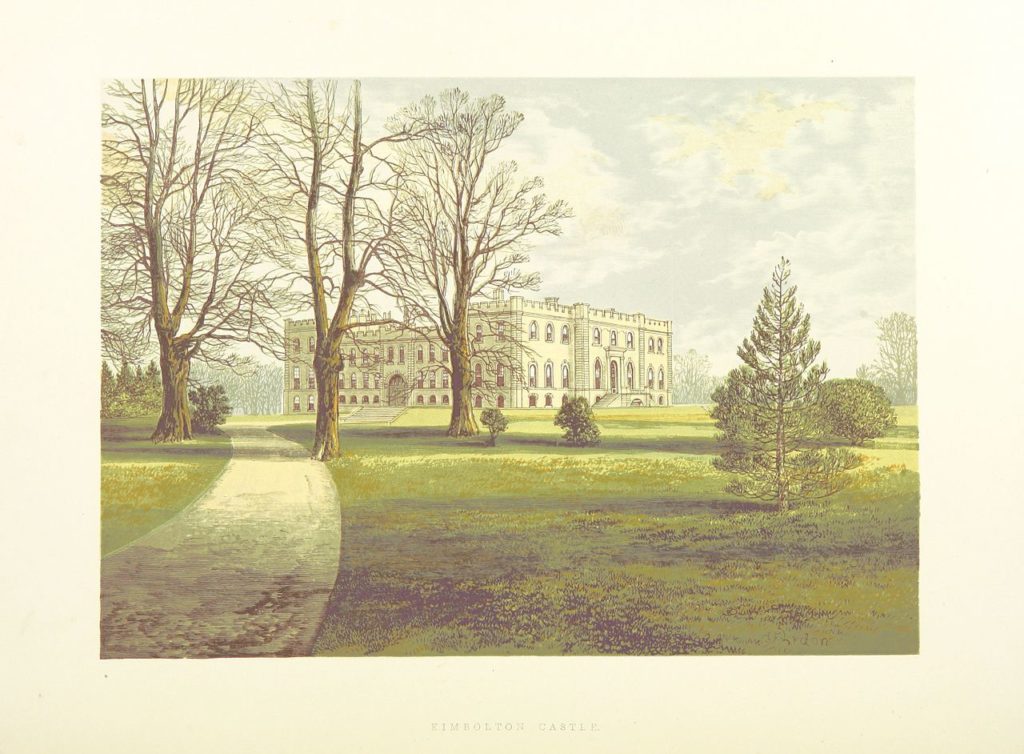
However, if Simon Thurley is correct, there must have been some alteration to Katherine’s apartments, for he states in a 2006 article written for Country Life that ‘In the southwest corner there was a round tower, possibly dating for the time of Geoffrey Fitzpiers, the founder of the castle on the present site’. If this assertion is correct, then this round tower no longer exists. So, if the bed chamber and closet survive, the queen’s former chambers seem to have extended into this tower.
Two inventories, taken in 1642 and 1687, tell us that there were many other rooms associated with the castle: a gatehouse, stables, ‘the Castle Court,’ ‘the Dyall [Dial] Court,’ ‘the Great Garden,’ and the ‘Little Fountain Garden’. Indirectly, through Chapuys, we are left with the impression that Katherine preferred this new residence to her previous one at Buckden. In a letter dated 14 May 1534, he states: ‘She is better lodged than she was, although the house is small’.
Kimbolton Castle: Katherine’s Last Stand
On the very same day, the Act of Succession was confirmed by Parliament in England, Rome finally passed sentence in Katherine’s favour with regard to the King of England’s ‘Great Matter’. In her eyes, the highest court in Christendom had spoken, and Katherine was vindicated. She was the king’s ‘true wife’, as she had always maintained.
Undoubtedly, this only served to augment her resolve to stand firm in the face of pressure from the king and his ‘whore’, Anne Boleyn. As her biographer, Giles Tremlett, writes, ‘It should have been a monumental victory. In practice, however, it was almost worthless. Justice had arrived too late and, by doing so, became injustice…For Katherine, however, the moral and ideological victory was as important as the practical one. God was the real judge‘.
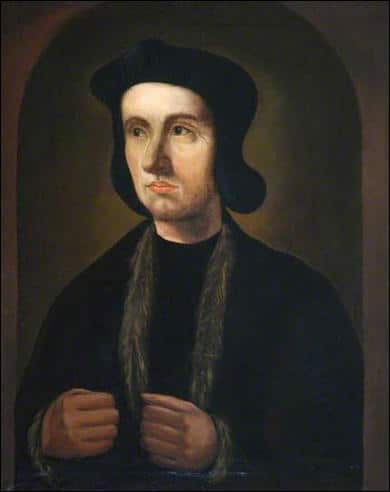
Her resolve was soon put to the test – yet again. Determined to exact a submission from his thus far intransigent wife, Henry sent Archbishops Lee and Tunstall north in an attempt to bring Katherine to heel. Some sources state this happened at Buckden. However, unless there are errors in the dating of the primary source letters, this cannot be the case. The audience must have taken place at her new lodgings in Kimbolton Castle.
The letter reporting on the event is dated 21 May 1534, the same day the meeting took place, and a week after Chapuys reports that Katherine had been moved to her new lodgings. The Archbishop of York was there, he said:
…to declare to her the effect of our commission, [that] —1, that you had often sent me and others of her council to declare to her the invalidity of your marriage with her; 2, that carnal knowledge, which is the great key of the matter, is sufficiently proved in the law, and admitted by some of her council; 3, that on proof of this you and she were divorced; 4, that she was thereupon admonished to give up the name of queen and not account herself your wife; 5, that you had contracted a new marriage with your dearest wife queen Anne; 6, that as fair issue is already sprung of this marriage, and more likely to follow, Parliament has made acts for the succession, and against all that would impugn it.
Katherine was incandescent as she batted away each article with self-righteous indignation; she ‘being therewith in great choler and agony, and always interrupting our words’, reported the commissioners. Stalemate prevailed.
The Prisoner of Kimbolton Castle
While at Kimbolton, it seems that Katherine remained, (by choice), largely confined to her rooms, much as she had been whilst at Buckden following the Duke of Suffolk’s visit four months earlier. Tremlett states that while at Kimbolton, ‘she was attended by a handful of servants, some ladies and her trio of faithful Spanish men – the confessor, the doctor and the apothecary’.
Although increasingly frail, Katherine’s behaviour remained unyielding and increasingly self-sacrificing. With so little left to lose, the idea of playing out some kind of martyrdom (in which she seemed willing also to sacrifice her daughter) increasingly drove the Dowager Princess of Wales to lock herself away in the ‘delights and dangers’ of virtuous suffering. Tremlett goes on to say: ‘If Katherine was going to be treated like a prisoner, she was determined to live like one – and make sure people knew about it. Her room could serve as her cell, even if she had the key’.
Yet amongst all this suffering, there comes one final moment of light-hearted pageantry associated with Henry’s first wife. Aware of the decline in Katherine’s health, two of her oldest friends and staunchest allies sought the required licence to visit the ‘queen’ at Kimbolton during 1534 – Maria de Salinas and the Spanish Ambassador, Eustace Chapuys. Both were denied access. However, this did not deter the latter from making a very public display of Katherine’s plight. Let us allow Chapuys to speak for himself as he describes the set piece of Renaissance propaganda that he so ably orchestrated in July 1534:
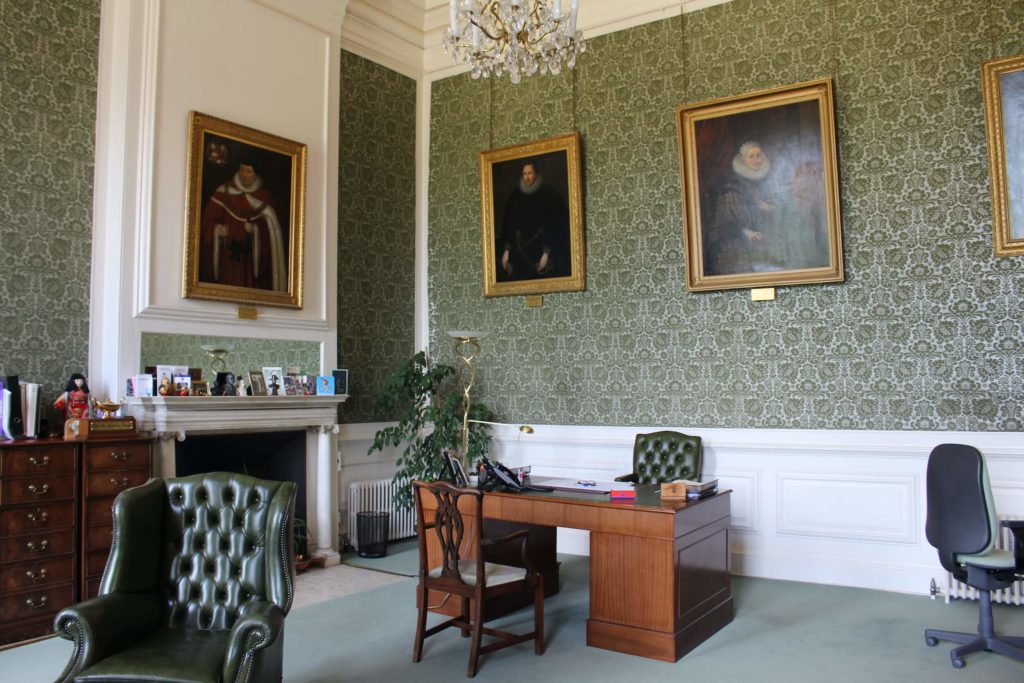
…I set out with about 60 horses, both of my own men and of certain Spanish merchants here, to visit the Queen; and it happened most conveniently for my purpose that the way lay through the whole length of this town [London]. On the second day a messenger on horseback riding at full speed went before us and returned afterwards to where I lay, accompanied by an honest man sent by the Queen’s chamberlain and steward to inform me that they had received commands by the said messenger not to let me enter where the Queen was or speak with her. My answer was that I did not intend to displease the King, either in this or in anything else, but that considering the solicitations I had made to know the King’s intentions in this matter, and that I had come to within five miles of where the Queen was, I would not return so lightly… Next day early in the morning another man came to us of more authority than the first… [saying] that they did not think it advisable that I should come to the house, or even pass through the village….One of her [Katherine’s] chamber gave me to understand that, although she did not dare to declare it, he knew well she would have great pleasure if part of the company were to present themselves before the place; which they did next day, to the great consolation, as it seemed, of the ladies with the Queen, who spoke to them from the battlements and windows; and it seemed to the country people about that Messiah had come.
According to The Spanish Chronicle, when Katherine’s ladies appeared at the windows and battlements of the castle, a ‘very funny, young fellow’, a fool, jumped down from his horse and waded waist-deep into the moat, crying out that he longed to reach them. When he feigned drowning, he was pulled from the water, ripping a padlock off his hood and hurling it toward the ladies, crying out in Spanish, ‘Take this and the next time, I will bring the key!’
Much hilarity ensued, with all the Spanish entourage being offered food within the ‘lower hall’ before returning to debrief the Spanish Ambassador. There is no indication in the accounts that Katherine showed her face, but nevertheless, she must have derived enormous satisfaction and comfort from the devoted efforts of her long-time servant in highlighting her cause.
All of this must have taken place on the lawns that now surround the current building on the south side of the building, (the side of Katherine’s apartments), although the moat has long since been filled in. If the ‘lower hall’ refers to the great hall, (the only known ‘hall’ in the castle), then according to the History of the County of Huntingdon, Volume 3, this would have been sited where the current ‘White Hall’ stands but also ‘included the site of the present drawing room (once the billiard room)’.
The Death of a Spanish Queen
By December 1535, Katherine of Aragon, daughter of King Ferdinand and Queen Isabella, lay dying in her bedchamber. According to Chapuys, writing to Charles V two days after her death, the ‘Queen’s’ final illness…’ began about five weeks ago, as I then wrote to your Majesty, and the attack was renewed on the morrow of Christmas day. It was a pain in the stomach, so violent that she could retain no food’, and that…’ being unable to eat or sleep, except so little that it might be called nothing. She was so wasted that she could not support herself either on her feet or sitting in bed’.
Chapuys informed King Henry that she ‘was in great danger of life’. In reply to the King’s letters enquiring about Katherine’s health, her Chief Steward, Sir Edmund Bedingfield, wrote to Cromwell on 31 December 1535, saying: ‘Considering her weakness, she cannot long continue, if the sickness remains. The doctor moved her to take other advice, but she answered that she would in no wise have any other physician but only commit herself to the pleasure of God.’
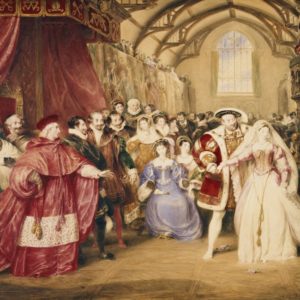
Chapuys had finally been given leave to go to Katherine and was at her side for four days, arriving on New Year’s Eve, the same day the above letter was dispatched. Seeing her recover somewhat, the Spanish Ambassador wrote retrospectively that: ‘I, therefore, took leave of her on Tuesday evening (4th January), leaving her very cheerful; and that evening I saw her laugh two or three times, and about half an hour after I left her she desired to have some pastime with one of my men “que fait du plaisant.‘
Just days earlier, Maria de Salinas had also finally forced her way into the castle by employing a potent cocktail of charm and the ability to evoke pity in Katherine’s custodians. She attended her former mistress, passing time as the two friends conversed for many hours in Katherine’s native, Castilian tongue. Knowing that the end was fast drawing near, Katherine summoned one of her ladies and dictated her final letter to Henry. Here it is in full:
My most dear lord, King and husband,
The hour of my death now drawing on, the tender love I ouge [owe] thou forceth me, my case being such, to commend myselv to thou, and to put thou in remembrance with a few words of the healthe and safeguard of thine allm [soul] which thou ougte to preferce before all worldley matters, and before the care and pampering of thy body, for the which thoust have cast me into many calamities and thineselv into many troubles. For my part, I pardon thou everything, and I desire to devoutly pray God that He will pardon thou also. For the rest, I commend unto thou our doughtere Mary, beseeching thou to be a good father unto her, as I have heretofore desired. I entreat thou also, on behalve of my maides, to give them marriage portions, which is not much, they being but three. For all mine other servants I solicit the wages due them, and a year more, lest they be unprovided for. Lastly, I makest this vouge [vow], that mine eyes desire thou aboufe all things.
Katharine the Quene.
‘Katharine the Quene’. Just as Anne Boleyn once said, Katherine always had the final word in her quarrels with Henry, this time asserting her God-given place as Henry’s real wife and consort in her last letter to him.
Katherine of Aragon died in Maria’s arms at 2 pm on Friday, 7 January 1536. Eight hours later, her body was opened in a secret autopsy before the provision was made for the ‘bowelling, coring, and enclosing [of] the corpse in the lead’. Letters and Papers also state that ‘lights and other things [should be put] about the corpse, in the house, or the next church or chapel’.
As Katherine’s body rested at Kimbolton for around three weeks, the leaded coffin was likely kept by candlelight in the chapel of the castle, next to Katherine’s privy chambers. The chapel still survives to this day, although greatly altered in the sweeping remodelling of Kimbolton undertaken by the architect John Vanbrugh at the turn of the eighteenth century.
And so ended a life of great struggle. According to Nicolas Harpsfield’s romantic notions of Katherine: ‘She changed this woeful, troublesome existence and the serenity of a celestial life and her terrestrial ingrate husband for that heavenly spouse who will never divorce her, and with whom she will reign in glory forever.’
Visitor Information
Although the external appearance of Kimbolton Castle has changed out of all recognition from the sixteenth century, its footprint essentially remains unchanged. In fact, the imposing view of the castle from the end of the High Street, near the church, has been essentially unaltered since the medieval period. Today, the castle is home to a private school and is generally inaccessible to the general public.
Happily, the school has two open days a year; the first is on the first Sunday in March, and the second is on the first Sunday in November. During that time, there is access to all parts of the castle relevant to Katherine’s story, including the room where she died.


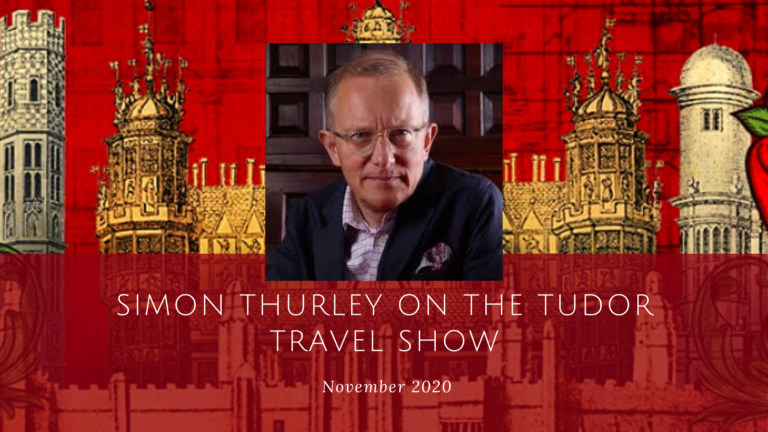
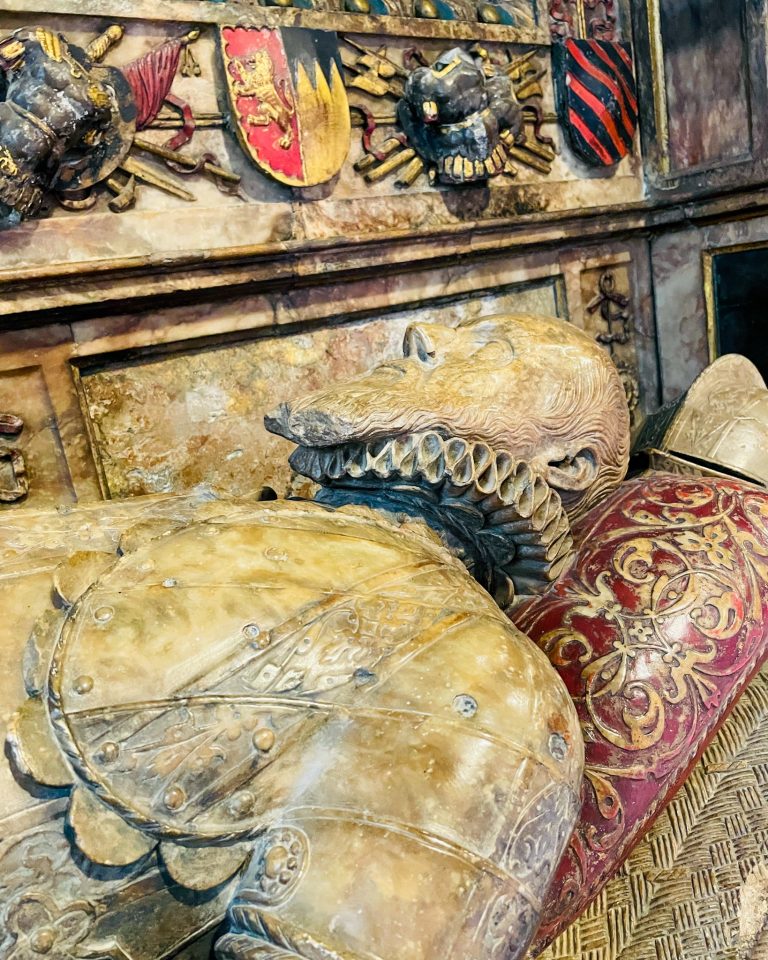
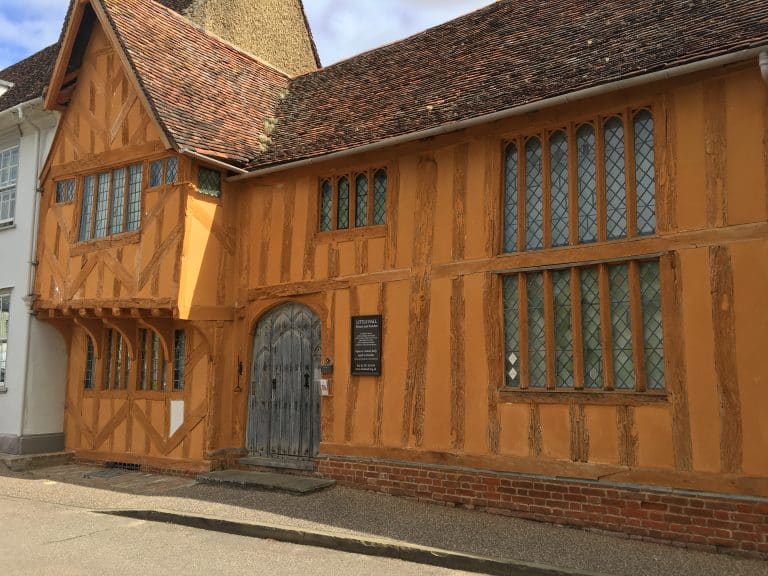
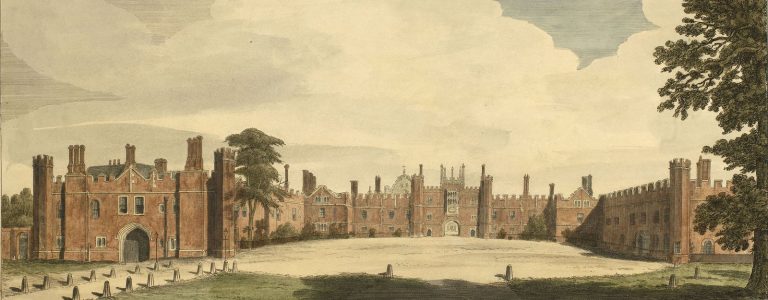
What a lovely article. Katherine stood firmly by her beliefs that she was Henry’s true wife.
Thank you, Kathy! Lovely to see you around : )
She was a great Queen.
She was not being obstonate to hurt her daughter…… She was preserving her soul by standing for truth & maintaining her daughter’s rights as the daughter of the king.
Such a shame her son,Henry, didn’t live, or that her daughter Mary didn’t have children.
Agreed.
I think the last sentence of Katherine’s final letter to Henry is so heartbreaking, “Lastly, I makest this vouge [vow], that mine eyes desire thou aboufe all things”. I have visited Kimbolton Castle several times on their rare open days, and every time when I listen to the guide reading the letter to us visitors, standing in what was probably part of her suite of rooms, I shed a few tears – every time. Thanks for a very interesting piece Sarah, I always learn something from you whether via your blogs, videos or your fabulous seminars. Thank you!
It is a very atmospheric place to visit, I think. Thanks so much for your kind words, Carol!
Thank you for your interesting and account of Katherine’s final months at Kimbolton. Sadly the current pandemic caused the cancellation of the open days in November 2020 and March 2021, but we hope to open on 7th November 2021. Please could you correct the date of Katherine’s death to 1536 rather than 1535?
Hi Nora, thanks for this and oops…slip of the finger. Yes, will correct.
I love all the history of Katherine of Argon .One of my favorite. Thank you for the history. Queen Katherine was a wonderful woman. Wonderful job.
Thank you so much, Diann!
I am an American who is deeply interested in world history but more so in the actual historical figures themselves. My interest in the Tudor period tops the list. Queen Katherine tears at my heart. She is still beloved by so many, like me, to this day. Thank you for honoring her in such a lovely way.
Thank you so much for reading. She is much admired by so many and although an Anne Boleyn fan at heart myself, I have come to appreciate so many of her qualities.
This article is very interesting, & I am a fan of Tudor history and it is a shame that when Prince Arthur & Katherine of Aragon were married that Prince Arthur did not live longer for them to have had children.
Whe Katherine married Prince Henry when he became king of England it is also a shame that while they were trying to have a male son & their that poor katherine suffered such horrible sadness with her suffering their children being either stillborn or only living for a few days.
I understand that katherine was very popular with the common people of England. When she was chastised for going out & visiting the church & she was greeted by cheering people, she just said that it was her duty as queen.
It is very sad that katherine & Henry couldn’t have a male son & their. I have always wondered whether king Henry might have had some form of genetic disorder stopping him from fathering a healthy male child. King Henry obviously loved katherine in the beginning of their marriage & as time passed and they continued to loose each male heir that he grew angry & disappointed.
It is very sad that King Henry used his daughter princess Mary as a pawn against katherine to try & make her admit that she wasn’t is true and only wife. Poor katherine died almost impoverished and alone, shut away in Kimbolton castle.
I believe there was an inventory made of Katherine’s possessions at her death. Do you know what archive or book this is referenced?
Many thanks
Emma
Not sure off the top of my head, I’m afraid. Maybe someone else reading this can help. If I come across it, I will try and remember to post here. Thanks for stopping by!
Thank you for your learned articles on the last years of Queen Catherine, which I read on site here at Buckden Towers, having just moved to nearby Bedford. What an example of fidelity she still is for all. From heaven where she most probably is now, may she intercede for all married people, especially mistreated ones.
Glad you enjoy it and found it informative. I do love Buckden Towers. Lucky you to be spending some time there.